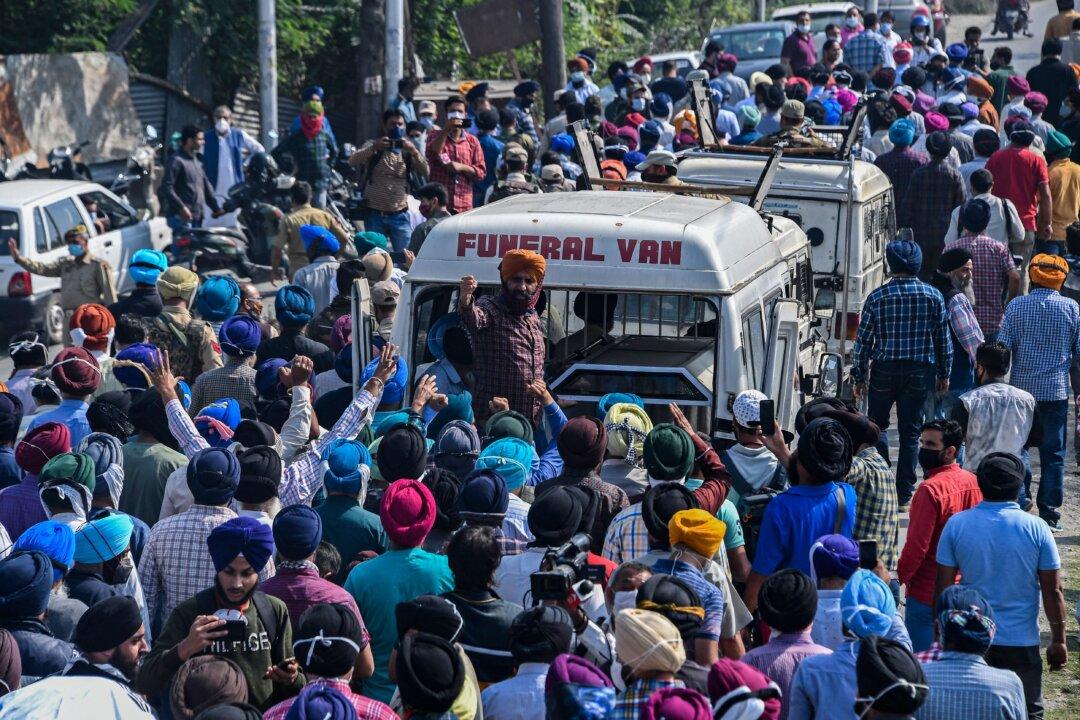NEW DELHI—Eleven civilians have lost their lives in a fresh wave of targeted killings in the Indian union territory of Jammu and Kashmir since Oct. 5, causing the Indian administration and military to go on high alert in a region that shares a border with Pakistan.
The targeted killings of seven unsuspecting individuals from the Hindu minority community and four of the majority Muslim community include people from within Kashmir and five migrant workers from other parts of India. They were carried out by young men, in mostly a hit-and-run style.





